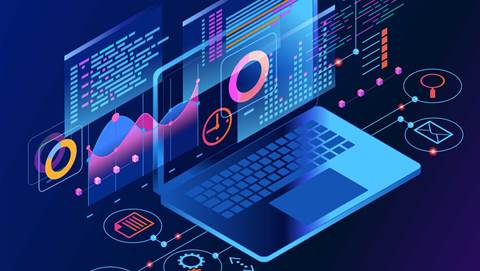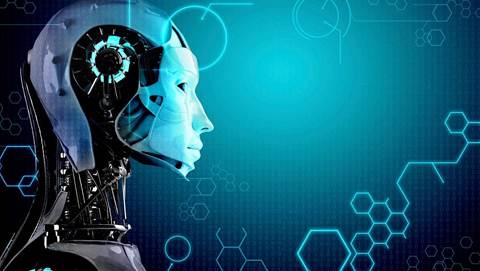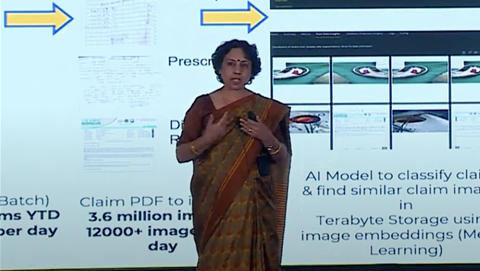iTNews Asia: Are APAC organisations ready to become intelligent enterprises, how do they compare to other parts of the world?
It is worth taking a step back and looking at what it means to be an intelligent enterprise. This means an organisation where processes are optimised to gather in as much data as possible so as to be able to identify and autonomously respond to or even to pre-empt change, and then either instigate or flag an action to enable the enterprise to act promptly.
APAC organisations certainly have a desire to become data driven and to harness the power of AI and ML and use it to augment human capabilities. They have the technology and know how but too many are hampered by siloed data sources, locked in databases or departments; which can happen when the custodian has left the company or nobody has the password!
Even if the business knows what data they want and where it is, they still have to go through IT as the gatekeeper to wrangle it from that source and convert it into a format they can use
Even if the business knows what data they want and where it is, they still have to go through IT as the gatekeeper to wrangle it from that source and convert it into a format they can use – most often a spreadsheet, that the business analyst, for example, has to run through a data visualisation tool, typically some several weeks after they first made the request. This is hardly the ability to act in real-time at the speed of thought.
Are we any worse off than other parts of the world? I would say no. There used to be a lag of technology adoption in Asia so that you would only see things catch on some two years after the US or EMEA. Not so today in the cloud – where a browser and a connection are the only barriers to entry. I would say it is happening simultaneously across the world.
iTNews Asia: Many traditional companies still use legacy tools, how difficult is it for them to become business agile? What advice can Oracle give to them?
The problem with legacy tools is the time, cost and effort it takes to change. They have to be coupled with procurement of compute or storage on premises. If you are looking at moving to cloud, then often this requires a rewrite of the applications. Neither of these approaches are very agile.
There are two schools of thought on being effective with data. One thought is around having a different database for each type of data – relational, spatial, graph, IOT, documents, noSQL – you get the picture. With this comes the complexity of managing multiple frameworks, APIs and programming languages. Effectively re-creating the data silos of yesterday, albeit with ‘modern’ technology.
Oracle has a different school of thought. A single database engine – which supports all of the data types mentioned above. You just run a query against any data, and the database engine maps and brings back a result set – transparently. There’s no need to duplicate or map or transpose or ‘integrate’ the different datasets. They are all accessible to the same query engine. And best of all … everything is available as an API at the end of a browser.
Beyond productivity and agility, there are two very critical accelerators:
- Security and lineage of the data is well governed and protected. A chain is only as strong as its weakest link. Good luck when you have data and access policies strewn across 16 databases!
- ML and AI are a massive driving force to innovation. Data is a key ingredient to fuel this learning. Having data accessible in a single engine feeds this learning exponentially faster than from across multiple silos.
iTNews Asia: What issues or challenges do they face when moving their data warehouses to the cloud?
Companies have been facing a number of challenges moving their data warehouses to the cloud.
In the past these have been:
- Security as a first principle. Identifying a cloud provider that can assure tenant isolation; or maximum security zones; or just down to simple basics of ensuring that every bit of data is encrypted throughout the cloud lifecycle. It seems obvious – but still not a mainstream offer from other hyperscale cloud providers.
- Knowing how to move data from multiple locations and multiple clouds across a fragmented landscape.
- Overcoming the skills shortage to apply machine learning and AI against the data assets.
- All of this also impacts the need for real-time fast access to a single source of truth.
iTNews Asia: Which industries or types of business will benefit most from data automation?
It would almost be easier to say which ones don’t, although really I can’t think of any. Our everyday personal and business lives are now so intertwined with technology that there almost isn’t a business that wouldn’t benefit from being able to get more value from its data.
Manufacturing companies need to be data driven to improve their manufacturing lines, make procurement more efficient, and to enhance their supply chains.
Retailers, or any customer facing business, need data to better understand their customers and purchasing behaviour, to see what promotions work or don’t work.
Healthcare organisations in particular are at the heart of using AI on their data to help with the vital work of developing vaccines and treatments for life impacting illnesses more quickly.
Even mining, which seems quite a basic industry can be a hive of innovation around become data driven. For example, we are working with a company called MineSense, which has put x-rays onto the teeth of excavator buckets so that they can work out the value of the ore in the dirt as they dig and see immediately what has enough value to process or should be discarded.










